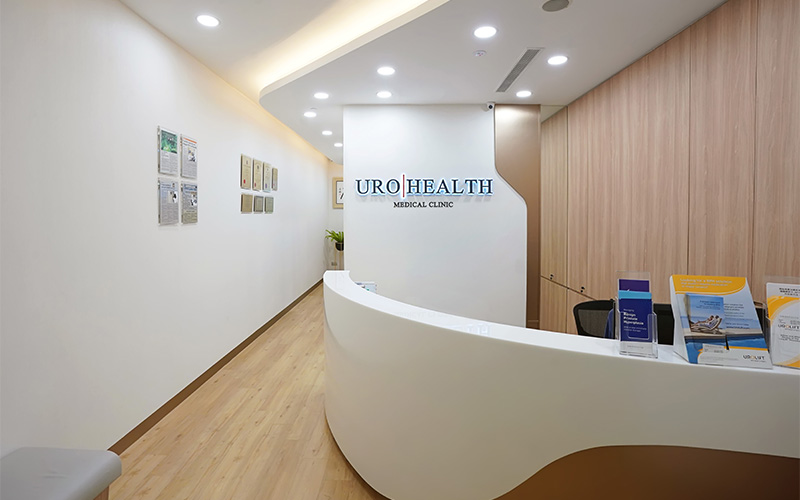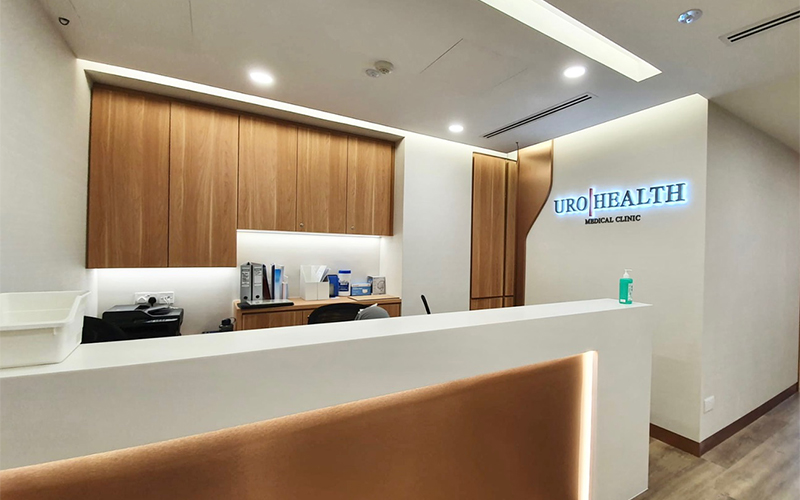Technical modification of Robot-Assisted Radical Prostatectomy for prostate cancer improves recovery of continence after surgery
In men diagnosed with prostate cancer that is localised to the prostate gland, surgery (radical prostatectomy) or radiotherapy are the main treatment options. For surgery, the introduction of Robot-Assisted Radical Prostatectomy (RARP) has resulted in a number of benefits over the traditional open surgery including smaller incisions, less pain, less blood loss, shorter hospital stay and faster recovery.
The conventional RARP was first performed in 2001. However, despite its benefits, one of its main side effects is urine incontinence (i.e. urine leak), which occurs in most patients after surgery and will slowly improve over 12 months with pelvic floor exercises. In 2013, a group of urologists from Italy reported on a technical modification to the conventional RARP which markedly improved the recovery of urine control after surgery. This type of surgery is named Retzius-sparing RARP.
The space of Retzius is an area behind the pubic bone and in front of the bladder and prostate. This area contains the strong ligaments and structures that anchor and support the prostate and bladder, which are crucial in the maintenance of continence in men. In conventional RARP, the space of Retzius is opened up and these ligaments and structures are cut in order to gain access to remove the prostate.
In Retzius-sparing RARP, the prostate is approached from behind through a small incision in the peritoneal lining between the bladder and colon. The space of Retzius is undisturbed during the surgery. Studies have reported that with Retzius-sparing RARP, up to 92% of patients were continent within a week after removal of their urinary catheter. This is in comparison to conventional RARP, where the continence rate is at best 50% within a week of catheter removal, even when performed in expert centres. However, it must be noted that by about 12 months after surgery, the continence rates are similar for both approaches. These results highlight that the main benefit of the Retzius-sparing approach is an earlier return of urine control, which benefits patients as they can potentially resume normal activities faster.
However, Retzius-sparing RARP is still not widely adopted around the world because it is challenging to perform. This is mainly due to the lack of space for the surgery as the entire procedure is performed through the small incision in the peritoneal lining between the bladder and colon as stated above. In addition, the surgery is performed upside down and backward as compared to the conventional RARP. Patient selection is important and it is likely beneficial mainly for patients with early prostate cancer. The reason is that some studies have reported that for more extensive or advanced cancers, Retzius-sparing RARP may result in an increased risk of incomplete resection of the cancer, likely related to the technical difficulties as stated above.

Red arrows indicate the dissection plane for Retzius-sparing RARP. The purple arrow indicates the dissection plane passing through the space of Retzius in conventional RARP.
UB: urinary bladder, P: prostate, R: rectum
Photo credit: Asimakopoulos AD, Miano R, Galfano A, et al. Retzius-sparing robot-assisted laparoscopic radical prostatectomy: Critical appraisal of the anatomic landmarks for a complete intrafascial approach. Clinical Anatomy 28(7), 896-902 (2015).













